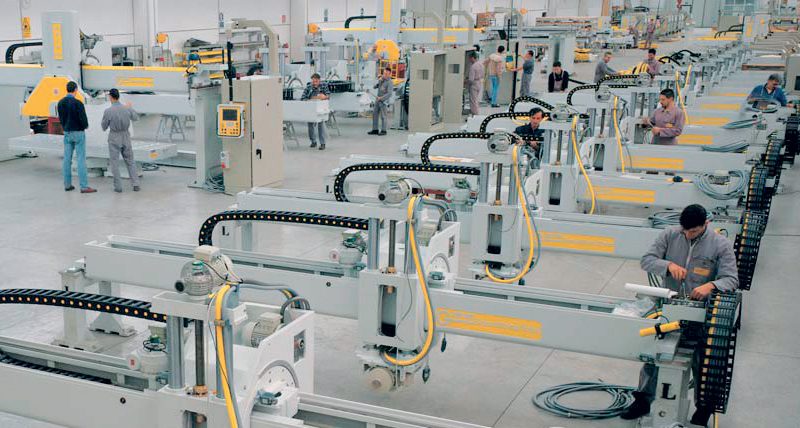Designing Automation 4.0
Industry 4.0 revolutionizes not only the way we produce, but also the ways and times of the business. Customization and speed are the current imperatives for the industrial world. The advanced design solutions can help automation manufacturers meet these requirements.
The Industry 4.0 advent has given an unthinkable impulse to mass customization: responding simultaneously and successfully to the individual needs of customers and the need to preserve the efficiency of mass production, in terms of production costs, is now one of the goals most discussed and pursued by those working in the manufacturing field.
So, a great deal of attention is paid to the creation of flexible and smart production solutions that make possible to easily manage frequent adaptations of the manufacturing process. A key role is played, once again, by the process digitization, which makes possible to use a universal digital description to support all phases of the overall process of a product lifecycle, from engineering to production. In this way, production can be simulated and optimized almost entirely virtually. Design software tools and product lifecycle management (PLM) systems are fundamental to this.
The goal of mass customization, however, is not only achievable by those working in manufacturing. Even companies that develop automation solutions can benefit from more efficient systems to ensure the mass customization of machines and plants. The use of CAD software specifically studied for the design of industrial automation allows you to automate the processes of drafting projects, to reduce costs and ensure high performance, but not only. Advanced software tools can greatly facilitate system automation development procedures. In particular, design software is being enriched with increasingly advanced configuration functions, which make possible to define customizable master projects in a few simple steps.
The importance of configuration options
For each automation solution, a set of functions or optional specifications can be defined. During the design phase, a complete machine can be developed, including some optional configurations that contain what is necessary to enable the realization of each of the previously identified functions. This will generate the master model, which can be adapted from time to time to the specific requirements of the customer by simply defining through the configurator which options to activate and which to deactivate.
In the same way, there are software that allows you to proceed with the realization of the project even if the detailed definition of all the individual parameters specific to the components is not complete. This possibility is also suitable for the creation of customizable standard models: thanks to it, the operator can in fact generate his own scheme and leave some blanks on the fields whose sizing is directly linked to an optional specification. Upon receipt of the order, the designer will simply have to go and fine-tune the master, completing the missing dimensions. The software will then automatically recalculate and update the diagrams and documentation of the order.
Changing the approach to design
Like all novelties, adopting such a viewpoint in the development of automation solutions means abandoning established habits and moving on to a new design approach. In particular, it is necessary to be able to develop in advance a master project that takes into consideration the different possible variables and enable them through a modular structure, to ensure a solution that works both if it is realized to its full potential, and if it is developed in a partial way. The advantages that can be obtained in terms of time and development cost savings are, however, considerable and allow the organization of design activities to be rethought. In fact, every machine manufacturer has to manage standard orders and special orders. The adoption of tools capable of enabling the automatic customization of standard solutions allows developers to have more time to devote to special projects, generally characterized by greater profitability.
A practical example
Let’s consider, for example, the construction of a machine for a bottling line. Simplifying somewhat, we can imagine that the manufacturer can decide to create a single standard model capable of handling simultaneously the intake of 2, 4 or 6 bottles, each with a capacity ranging between 0.33 and 1.5 liters. For this purpose, it will be possible to manage a master scheme that, starting from the complete version with 6 bottles, provides 2 options: 2 bottles and 4 bottles. Each of them will be linked to everything necessary to manage 2 positions/bottles (motors, drives, relays, etc.). It can also be assumed that the motors used to move the system must have variable power according to the capacity of the bottles to be managed. In this case, it is not possible to define this detail in advance, but the designer could still proceed further in the development of the master. Once the project has been completed, the company could receive an order for a machine capable of simultaneously filling 4 bottles of 1 liter each. For the designer it will be sufficient to open the master, activate with a few clicks the Option 4 bottles, enter the sizing of the engine power and launch the update. In a few minutes he will have completed a procedure that otherwise would have taken much longer. l

